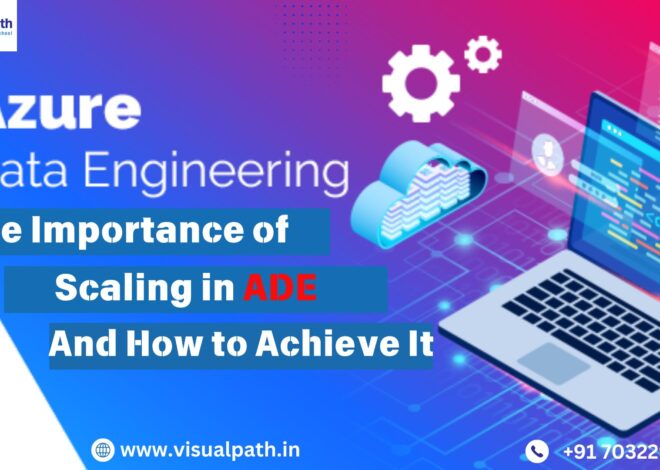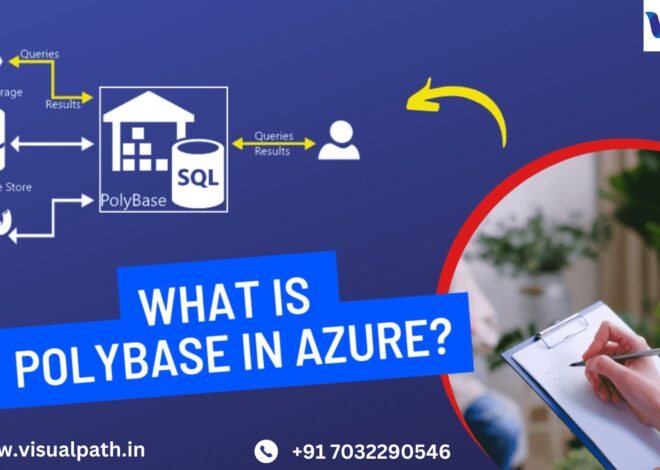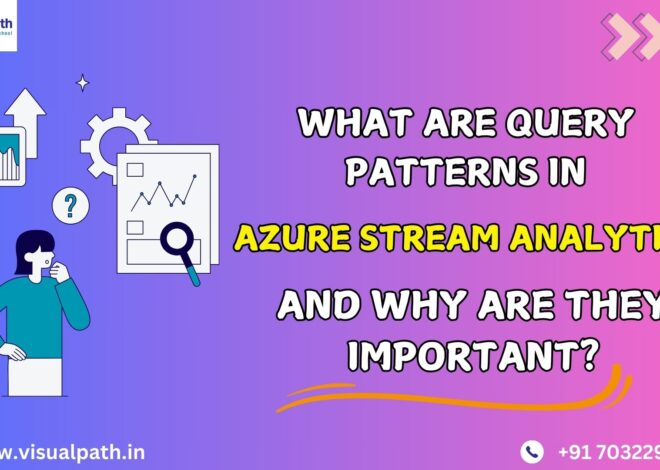
Introduction To Azure Data Factory? What is Big Data and Key Concepts
Introduction
Azure Data Engineer – Course, organizations are inundated with vast amounts of data from diverse sources. Managing and making sense of this data can be a daunting task. Enter Azure Data Factory (ADF), a powerful cloud-based data integration service provided by Microsoft Azure. ADF enables businesses to efficiently move, transform, and orchestrate data from various sources into meaningful insights. This article provides an introduction to Azure Data Factory, exploring its core concepts and how it leverages big data for strategic advantage. Azure Data Engineer – Training
What is Big Data?
Big data refers to the immense volume, variety, and velocity of data generated by businesses, social media, sensors, and other sources.
- Volume: The sheer amount of data generated, measured in terabytes or petabytes.
- Variety: The diverse types of data, including text, images, videos, and more.
- Velocity: The speed at which data is generated and processed.
- Veracity: The quality and reliability of the data.
- Value: The potential insights and benefits derived from analyzing the data.
Key Concepts of Azure Data Factory
Azure Data Factory is designed to simplify the process of data integration and transformation. Here are some key concepts to understand:
- Data Pipelines: Data pipelines are the core components of ADF. They define a series of steps to move and transform data from source to destination. Each pipeline consists of activities such as data movement, data transformation, and control flow.
- Activities: Activities represent individual units of work within a pipeline. They can perform tasks like copying data, transforming data using Azure Databricks or HDInsight, and executing stored procedures. Activities are categorized into three types: Data Engineer Training – Hyderabad
- Data Movement Activities: Copy data from source to destination.
Data Transformation Activities: Transform data using compute services.
Control Activities: Manage the flow of the pipeline, including conditional logic and error handling.
- Datasets: Datasets represent the structure of data within ADF. They define the schema, format, and location of the data. Datasets are used as inputs and outputs for activities, enabling seamless data manipulation.
- Linked Services: Linked services define the connection information for data sources and destinations. They provide the necessary authentication and configuration details for ADF to access various data stores, such as Azure Blob Storage, SQL databases, and on-premises systems.
- Integration Runtime: Integration Runtime (IR) is the compute infrastructure used by ADF to execute data movement and transformation activities.
Conclusion
Azure Data Factory is a robust and flexible solution for managing big data integration and transformation. By leveraging ADF, organizations can streamline their data workflows, ensuring efficient and reliable data processing. Understanding the key concepts of ADF, such as data pipelines, activities, datasets, linked services, and integration runtimes, is crucial for harnessing the full potential of this powerful service..
Visualpath is the Leading and Best Software Online Training Institute in Hyderabad. Avail complete Data Engineer Course in – Hyderabad Worldwide You will get the best course at an affordable cost.
Attend Free Demo
Call on – +91-9989971070
WhatsApp: https://www.whatsapp.com/catalog/919989971070
Visit : https://visualpath.in/azure-data-engineer-online-training.html



